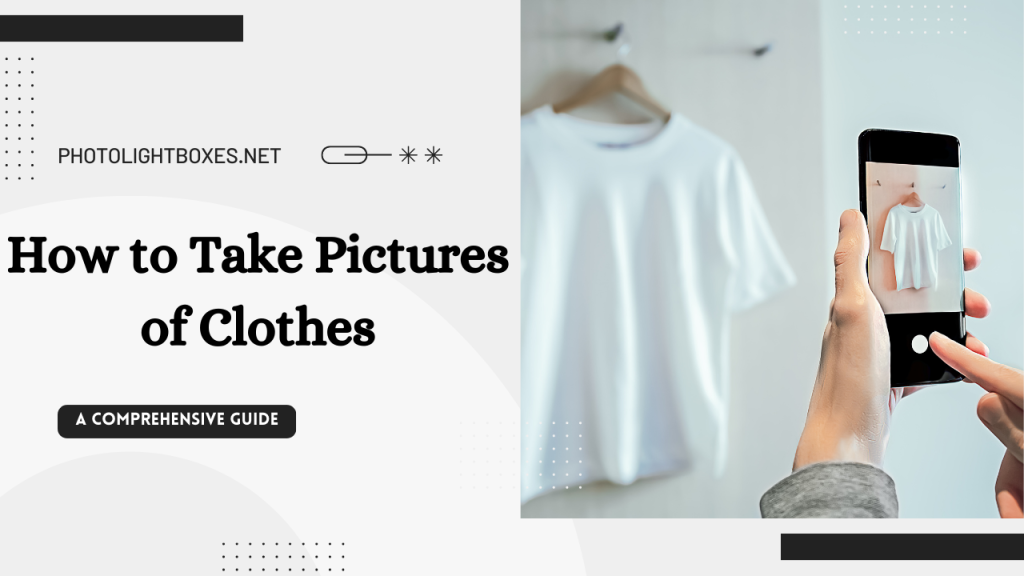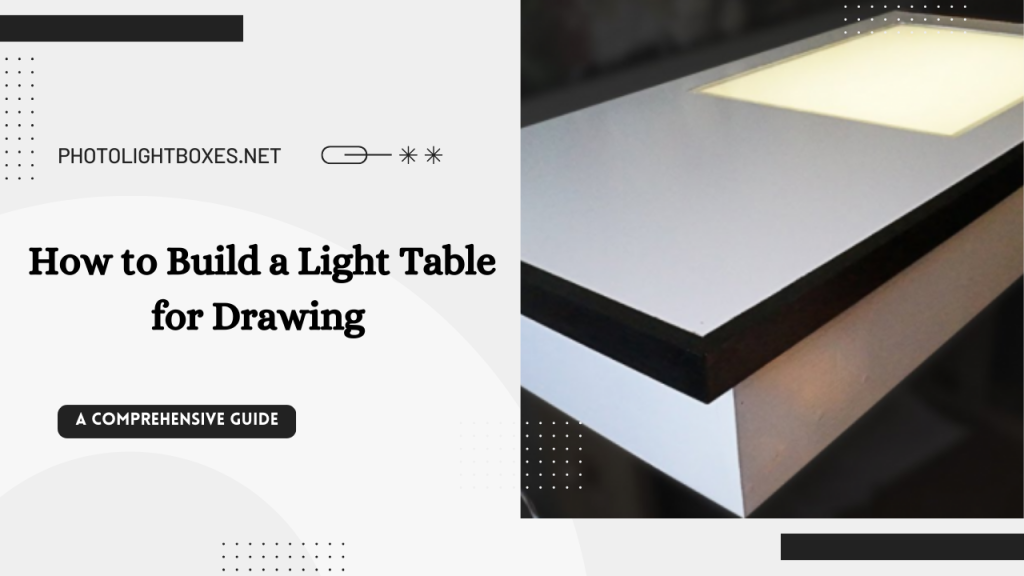How to Set up a Photography Studio! Behind every stunning photograph lies a meticulously arranged backdrop, perfectly positioned lighting, and a photographer’s unwavering vision. If you’ve ever wondered how professionals achieve those awe-inspiring shots, it all starts with their carefully crafted photography studios. Creating your own personal haven for creativity is exciting and crucial in taking your photography skills to new heights.
In this article, we’ll assume you are on an immersive journey into setting up a top-notch photography studio – from unleashing your imagination while designing the space to mastering advanced techniques using cutting-edge equipment – so grab your camera and join us as we embark on this enlightening adventure!
How to Set up a Photography Studio
Here are step-by-step on how to set up photography.
Step 1: Define Your Photography Studio’s Purpose
Before diving into the technical details, it’s crucial to determine the primary purpose of your studio. Are you primarily a portrait photographer, a product photographer, or someone who dabbles in various genres? Your studio’s objective will influence the equipment and layout you choose.
Step 2: Select a Suitable Location
Choose a location that aligns with your photography style and budget. Options include a dedicated room in your home, a rented commercial space, or a portable setup for on-location shoots. Consider factors like natural light, accessibility, and the need for soundproofing, especially for video work.
Step 3: Essential Equipment
To create a functional photography studio, you’ll need the following essential equipment:
Camera and Lenses: Invest in a high-quality DSLR or mirrorless camera and various lenses to cover different focal lengths.
Lighting: Lighting is the heart of any studio. Depending on your niche, options include studio strobes, continuous lighting, or speed lights. Softboxes, umbrellas, and reflectors help control and shape light.
Backdrops: Choose various settings for your photography style, from seamless paper rolls to fabric or vinyl backgrounds.
Tripods and Stands: Sturdy and light stands are crucial for holding your camera and lighting equipment in place.
Modifiers: Use modifiers like softboxes, beauty dishes, and grids to control the quality and direction of light.
Props and Furniture: Consider acquiring props and furniture that complement your photography style, depending on your niche.
Step 4: Studio Layout and Design
The layout of your studio should optimize functionality and create a conducive environment for your work. Consider the following factors:
Camera Placement: Position your camera and tripod to clearly view your shooting area.
Backdrop Setup: Install a backdrop support system with seamless paper or fabric rolls that can be easily changed.
Lighting Placement: Strategically place your lighting equipment to achieve the desired effect. Overhead, side and background lighting setups are common choices.
Workspace: If you’ll be editing photos in your studio, create a comfortable workspace with a computer, editing software, and a calibrated monitor.
Client Area: If you’ll have clients visiting, designate a client area with seating and viewing options for reviewing images.
Step 5: Optimize for Light Control
Control over lighting is paramount in photography. Here are some tips for optimizing light management in your studio:
Blackout Curtains: Install blackout curtains or blinds to block out external light sources and achieve complete control over lighting.
Light Modifiers: Use light modifiers like diffusers, grids, and barn doors to shape and control light precisely.
Reflectors and Bounce Cards: Employ glasses and bounce cards to fill in shadows and create flattering highlights.
Colour Temperature Control: Invest in lighting with adjustable colour temperature to match your photos’ desired mood and white balance.
Step 6: Storage and Organization
Maintain a well-organized studio to maximize efficiency:
Equipment Storage: Use shelves, cabinets, or storage bins to organise your photography gear.
Cable Management: Keep cables and cords organized and out of the way to prevent tripping hazards.
Labelling: Labeling equipment and storage containers can save you time and frustration when searching for specific items.
Step 7: Post-Processing Area
If you plan to edit your photos in the studio, set up a dedicated post-processing area with a computer, calibrated monitor, and ergonomic workspace.
Step 8: Safety and Comfort
Ensure your studio is a safe and comfortable environment for both you and your clients:
Electrical Safety: Follow safety guidelines for electrical equipment and use surge protectors to safeguard against power surges.
Comfortable Seating: If clients will be present, provide comfortable seating and amenities like refreshments.
Climate Control: Maintain a comfortable temperature and humidity to protect your equipment and ensure comfort during extended shoots.
Step 9: Test and Adjust
Before using your studio for client work, thoroughly test your equipment, lighting setups, and backdrops. Adjust and fine-tune as needed to achieve the desired results.
Conclusion
Setting up a photography studio requires careful planning, investment in equipment, and attention to detail. However, the creative freedom and control over your work that a well-equipped studio provides are invaluable. Whether you’re shooting portraits, product photography, or any other genre, a well-designed studio space can elevate your photography to new heights and help you achieve your artistic vision. With the right equipment and creativity, you’ll be ready to capture stunning images in your professional studio.
Frequently Asked Questions
Q1: What is the first step in setting up a photography studio?
A1: The first step is to define the purpose of your studio, such as whether it will focus on portraits, product photography, or other niches.
Q2: What are some essential equipment items needed for a photography studio?
A2: Essential equipment includes a camera and lenses, lighting equipment, backdrops, tripods, and stands.
Q3: Why is the layout and design of a photography studio important?
A3: The layout and design impact the functionality and efficiency of your studio, affecting your ability to capture desired shots.
Q4: How can you optimize light control in a photography studio?
A4: You can maximise weak power using blackout curtains, light modifiers, reflectors, and adjustable colour temperature lighting.
Q5: What safety considerations should be addressed when setting up a photography studio?
A5: Safety considerations include electrical safety, cable management, and maintaining a comfortable climate for equipment and clients.


